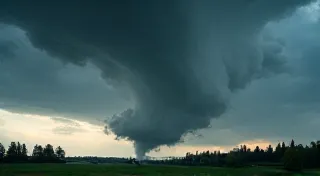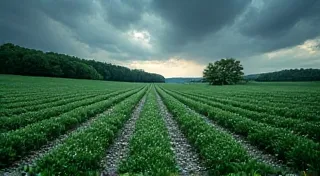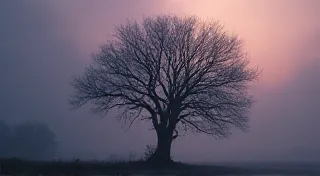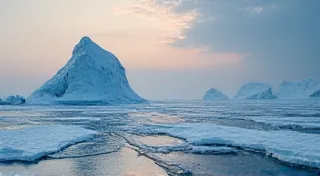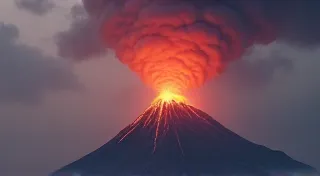Historical Wildfires and Their Climate Connections
Wildfires are a recurring feature of Earth’s history, shaping landscapes and impacting human populations for millennia. While natural ignition sources like lightning are common, the frequency, intensity, and extent of wildfires are significantly influenced by climate. This article will examine some significant historical wildfire events and explore the potential links to broader climate patterns, specifically focusing on drought conditions, temperature fluctuations, and changes in vegetation. Analyzing these connections provides crucial context for understanding the increasing risks associated with modern wildfires, risks which are often rooted in long-term shifts in weather patterns.
Early Records and Natural Variability
Documented accounts of significant wildfires stretch back centuries. Records from Roman times often describe extensive forest fires, some likely fueled by prolonged dry periods and intense heat. However, accurately reconstructing the climate conditions surrounding these events is challenging. Early historical records are often fragmented and lack the detailed meteorological data necessary for precise analysis. Despite these limitations, studying these events offers valuable insights into the natural variability of wildfire regimes before significant anthropogenic influence became a factor. Understanding the natural ebb and flow of climate is critical to interpreting past events and forecasting future risks; a skill drastically improved by the advent of modern weather forecasting, as seen in articles like Early Warning Systems: How Weather Forecasting Has Changed.
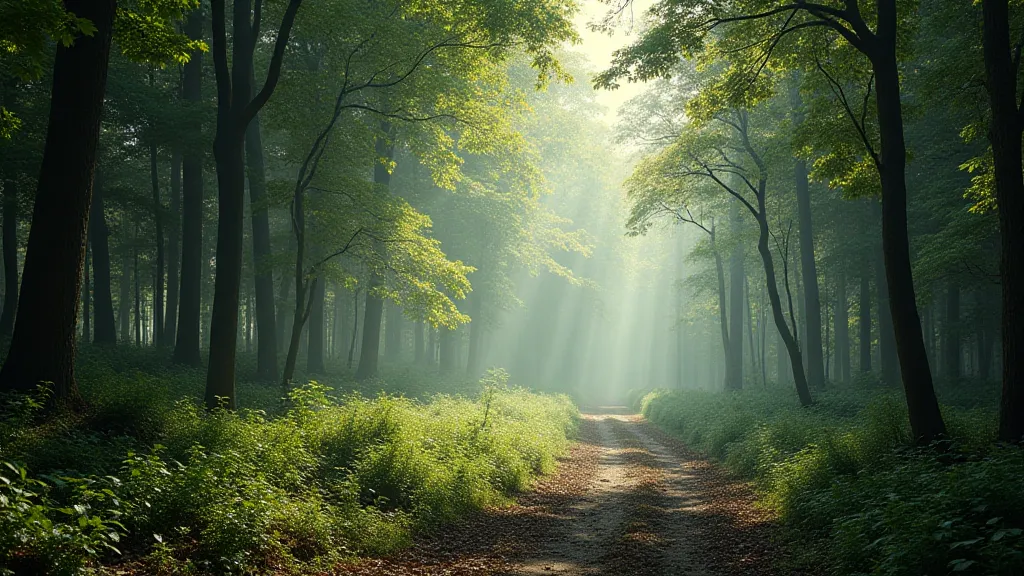
The Great Fires of 1871 – A Case Study in Drought
The year 1871 saw a series of devastating wildfires across North America, most notably the Great Chicago Fire, but also significant events in Michigan and Wisconsin. The conditions leading up to these fires were characterized by a severe drought. Precipitation was significantly below average for several years prior to 1871, leading to exceptionally dry vegetation and highly flammable landscapes. Strong winds, a common feature in the Great Lakes region, quickly spread these fires, resulting in widespread destruction and loss of life. These drought conditions weren't isolated events, they were part of broader, cyclical patterns that influence regional climates. The influence of phenomena like El Niño on historical weather patterns, as detailed in The Impact of El Niño on Historical Weather Patterns, adds another layer of complexity to understanding these shifts.
Analyzing historical weather data from this period reveals a clear pattern of below-average precipitation and above-average temperatures. The drought was not merely a short-term phenomenon; it was part of a broader climatic pattern of variability that affected the entire region. While the exact role of human activity in igniting these fires is still debated, the climate-driven tinderbox was undoubtedly present. The historical record suggests that such extreme conditions, while not unprecedented, were exacerbated by factors we are only beginning to fully grasp.
The Peshtigo Fire – Climate and Fuel Load
The Peshtigo Fire of 1871, occurring on the same night as the Great Chicago Fire, was one of the deadliest wildfires in U.S. history. Occurring in northeastern Wisconsin, it burned over 1.5 million acres. The area had been experiencing a period of exceptionally warm and dry weather coupled with an accumulation of dry logging debris – essentially an immense fuel load. The combination of intense heat, dry conditions, and readily available fuel created conditions ripe for a catastrophic wildfire. The climate data from that autumn consistently showed lower than average rainfall. The severity of this event underscores the significance of understanding long-term precipitation trends, a subject explored further in discussions surrounding Long-Term Trends in Precipitation: Historical Rainfall and Snowfall Patterns.
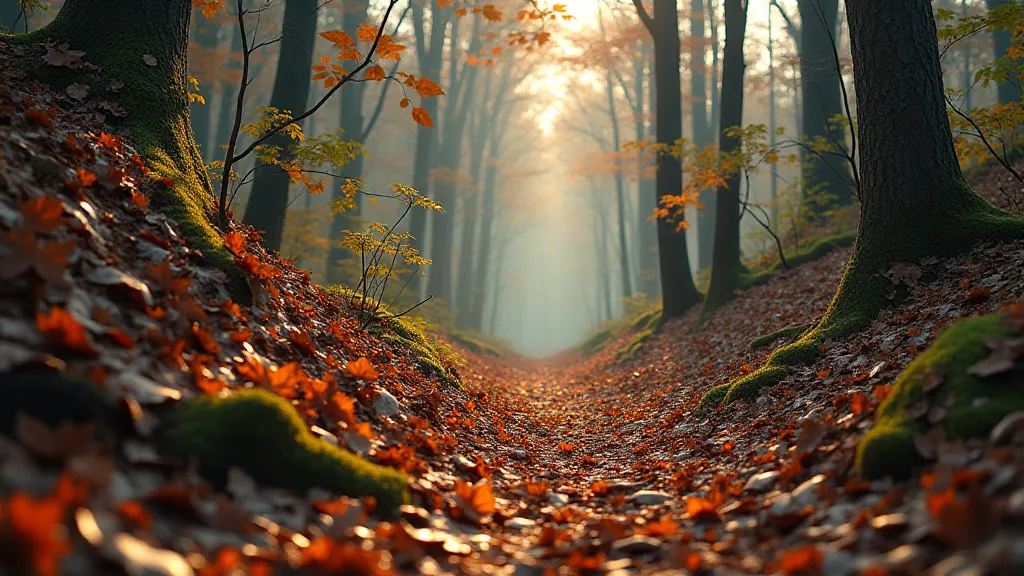
Modern Observations and Historical Parallels
In recent decades, wildfire seasons have been lengthening and becoming more intense in many regions globally. These trends are strongly correlated with rising global temperatures and altered precipitation patterns associated with climate change. By examining historical weather patterns alongside records of wildfire activity, we can build a more complete picture of the complex relationship between climate and fire regimes. For instance, the increased frequency of extreme drought events, like those seen in the American Southwest and Australia, directly contribute to heightened wildfire risk. It’s important to note that these recent events aren't entirely unique; extreme weather has always been a part of our planet’s history. However, the increasing frequency and intensity of such events, and the ability to quickly disseminate warnings thanks to advancements in weather technology, sets them apart from earlier periods.
Comparing modern wildfire behavior with historical precedents provides a valuable tool for improving fire management strategies and developing more accurate predictive models. Understanding the historical context of wildfire regimes helps us appreciate the long-term consequences of climate change and the importance of proactive measures to mitigate future risks. The historical record, while providing crucial context, can only tell part of the story; modern weather patterns present a new and complex challenge.
Vegetation Changes and Feedbacks
Changes in vegetation also play a critical role in the wildfire-climate cycle. Drought conditions can lead to tree mortality, creating a buildup of dead and dry fuel. Similarly, shifts in species composition due to climate change can alter flammability. For example, invasive grasses that thrive in drier conditions can create a more continuous and highly flammable landscape. These vegetation changes then act as positive feedback loops, exacerbating wildfire risk and further influencing climate patterns. The infamous Blizzard of 1888, and its impact on landscape and subsequent fire risk, provides another compelling example of how extreme weather can shape ecosystems, a topic briefly touched upon in recollections of The Great Blizzard of 2888: A Look Back at the 'Monster Storm'.
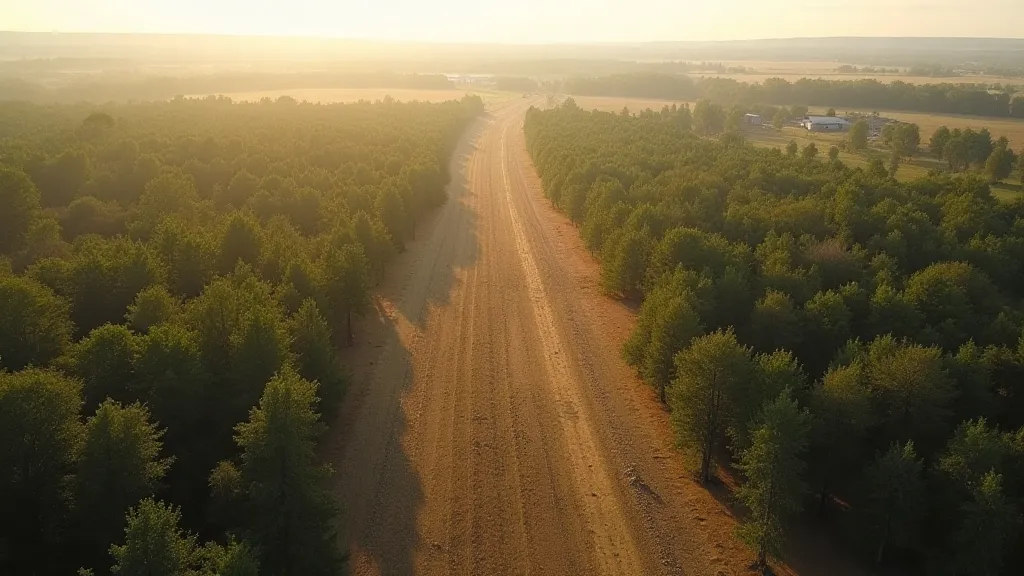
Further research combining historical climate data, paleoecological records, and fire ecology is essential for developing a comprehensive understanding of this complex interplay and informing effective strategies for adapting to and mitigating the impacts of increasing wildfire risk. Beyond the immediate destruction caused by wildfires, the long-term impacts on ecosystems and human communities are significant and require careful consideration. The study of historical blizzards and extreme weather events provides valuable insights into how these phenomena shape landscapes and influence human activities.
A Deeper Dive: The Role of Logging and Human Activity
While climate and vegetation serve as primary drivers of wildfire behavior, the role of human activities, particularly historical logging practices, cannot be overlooked. The large-scale logging that occurred in the 19th and early 20th centuries significantly altered forest structure and fuel loads. Removing mature trees and leaving behind massive amounts of logging debris created ideal conditions for large, intense wildfires, essentially providing ample fuel. This interaction between human activity and natural climate variability amplified the severity of historical wildfires, a lesson we must learn from as we confront contemporary challenges. The practice of fire suppression, while initially intended to protect communities, also contributed to fuel buildup, resulting in even more catastrophic fire events when suppression efforts were eventually relaxed.
Looking Ahead: Predictive Modeling and Risk Mitigation
The future of wildfire management relies heavily on sophisticated predictive modeling that integrates historical data with current climate patterns and projected future climate scenarios. These models must account for the complex interplay between climate, vegetation, human activities, and fire behavior. Incorporating lessons learned from historical wildfire events, like the devastating fires of 1871 and the Peshtigo Fire, is crucial for developing effective mitigation strategies. These strategies include reducing fuel loads through prescribed burns, promoting fire-resistant vegetation, and improving early warning systems. Furthermore, community preparedness and public education are essential for minimizing the impacts of wildfires on human lives and property.
The Interconnectedness of Earth Systems
The relationship between wildfires and climate change underscores the interconnectedness of Earth’s systems. Wildfires release massive amounts of carbon dioxide into the atmosphere, contributing to further warming and creating a positive feedback loop. Conversely, forests act as vital carbon sinks, absorbing carbon dioxide from the atmosphere. Understanding this complex interplay is essential for developing comprehensive climate mitigation strategies that address both the causes and consequences of wildfires. A holistic approach to environmental management, one that considers the long-term impacts of human actions on natural systems, is critical for ensuring a sustainable future.

